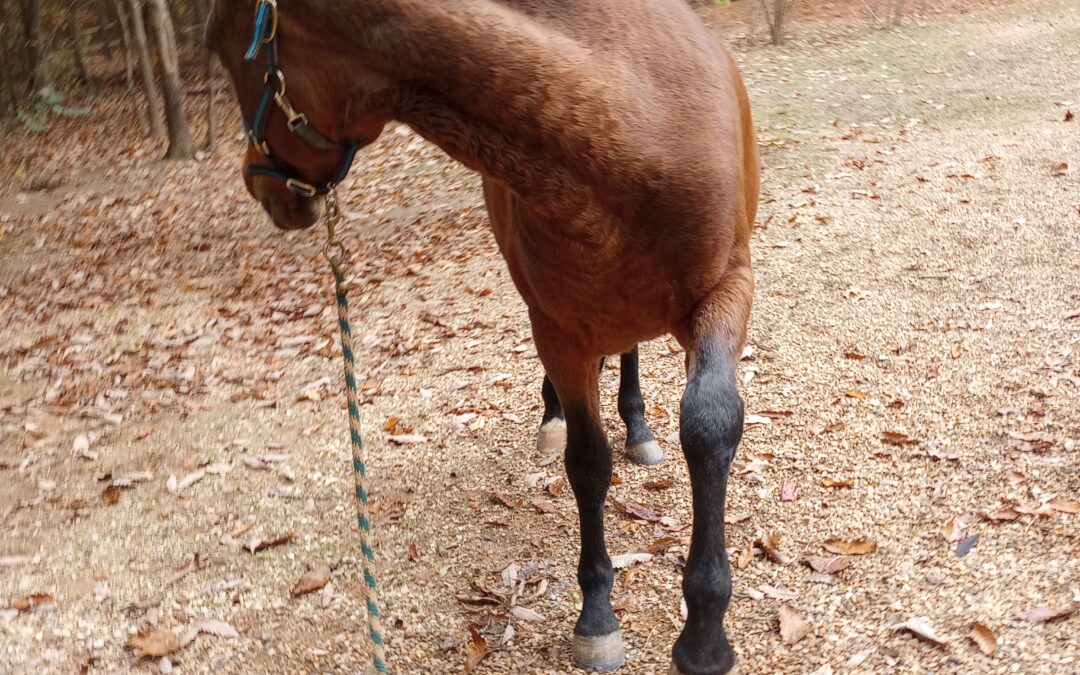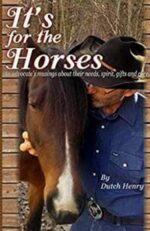TRANSITIONING A HORSE TO BAREFOOT
Howdy Friends! Is it easy to transition a horse from shoes to barefoot? I say YES! How do you go about the transition? I say jump right in, the water’s lovely. You horse will think so too. First, know it is natural to take some time. Depending on the horse, it could take 6 months, a year, or no time at all. Please don’t let that stop you.
From the moment you pull those shoes your horse will begin to enjoy the benefits of better health.
And you could be going along smoothly right from the start. Even as the hooves change. The first hoof to grow out takes about a year. The second regrowth will come in with a greater density. Of course during this time, use hoof boots as you need them. There are a good number of quality hoof boots to choose from.
The most important thing with the boots is to size them correctly. And every manufacturer I’ve seen has easy to follow directions for that. But you can, and should, be riding all along. Don’t use the boots all the time. I’ve transitioned horses without the use of boots at all.
What about the trimming?
Trimming a barefoot hoof is different than a farrier just pulling shoes and letting a bare hoof hit the ground. Be sure to find a barefoot practitioner who understands this. My personal belief is if the hoof care provider also does steel shoes, choose someone else. For anyone who can nail shoes to a live hoof does not understand the biomechanics of the foot – or the horse.
First step – And more about trimming
The first thing to do when pulling the shoes is to file (not nip) only the toe back to where it should be—from the outside edge—Do nothing on the bottom.
Make a promise to never again trim the frog or scrape off sole. Leave the bottom of the foot alone.
Then give her a few days or a week or so to move about. She will be shaping her hoof as it should be. Making the arch, lowering the heel, and flexing the sole.
Movement is KEY at this time
Movement is KEY at this time. So be sure she has room to roam. Standing on soft grass or in a bedded stall will accomplish nothing. Check out “The Paddock Paradise” track system from Jaime Jackson.
Note—Some toes are so long you may not be able to file them back to the correct length the first time. Work on it over the coming weeks. The toe length guideline is that “no more than one-third of the hoof should be in front of the frog apex (tip).”
Ouchy
When the shoes are first pulled and your horse seems to be “ouchy.” What is happening is blood is flowing into the hoof and awakening nerves that had been shut down. That’s a GOOD thing!
Too many times folks mistake this for thinking their horse cannot go without shoes. So they put them back on. With shoes back, they appear to be sound again. When really all that’s happened is the nerves have been blood-starved again. Therefore the foot has lost the ability to feel again. It’s not sound, it’s numb. Give it time, in a few days it’ll work out.
Keep them moving
Put your horse out in the yard or pasture. Make sure she has plenty of room to move about, pump that blood. That’s very important!
If you see her picking her way along a soft route at first, keep an eye on it. But that is perfectly natural. She knows what she’s doing, and she’s beginning to see with her feet again. There is a lot going on.
Allow it to happen. Remember her feet are just beginning to wake up. It may not hurt as much as just feel strange to her.
Put her hay at several different locations so she’s encouraged to walk about.
Rocks for the health of your horse
Put down pea gravel in areas she must walk over. Pea gravel is remarkable at massaging and helping hooves become rock-crushing tough and lively. Round rocks are a KEY ingredient to success.
Ride that horse!
Don’t be afraid to ride. Riding is important to the transition. Use boots at first if you must. But here I’d like to say as you go down the trail, let her select the path she feels best about. If she wants to go along the edge where there is grass or soft earth, let her. As time goes on and her feet become healthy, that’ll change.
I hope I’ve encouraged you if you’re thinking about giving your horse the health and freedom of going barefoot. I realize I did not give a grand outline. There isn’t one. Just surround yourself, and your horse with supporters, and listen to your horse .And transition your horse to barefoot. ~ Gitty Up, Dutch.
(You can find more about “barefoot” in my book It’s For The Horses).









